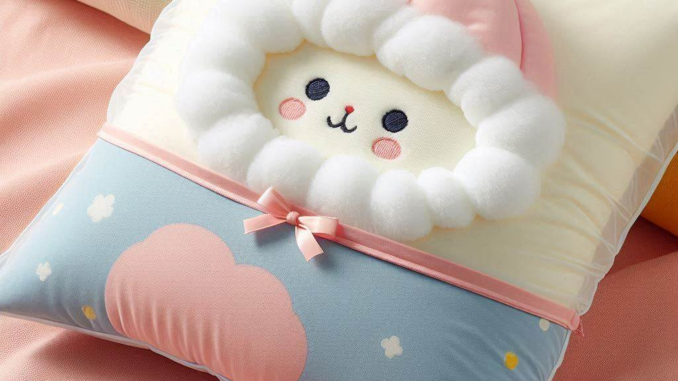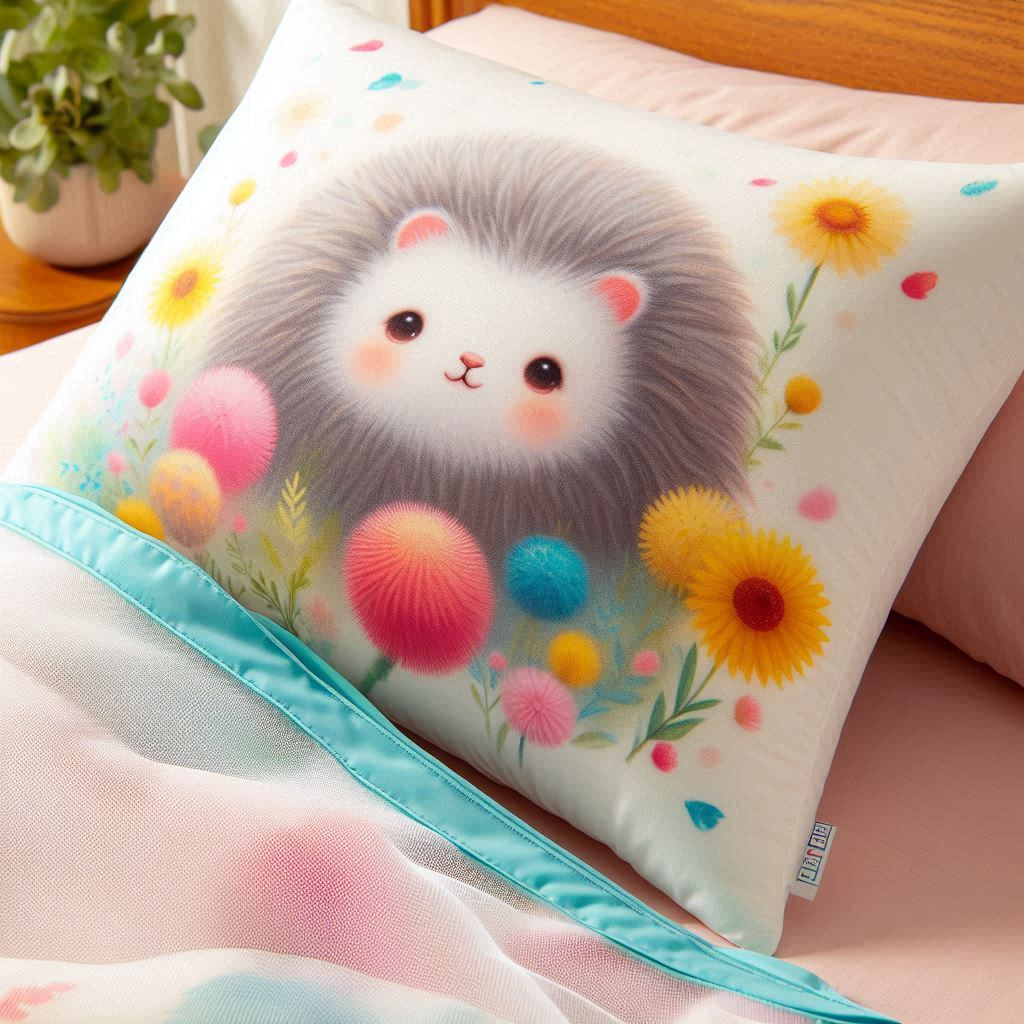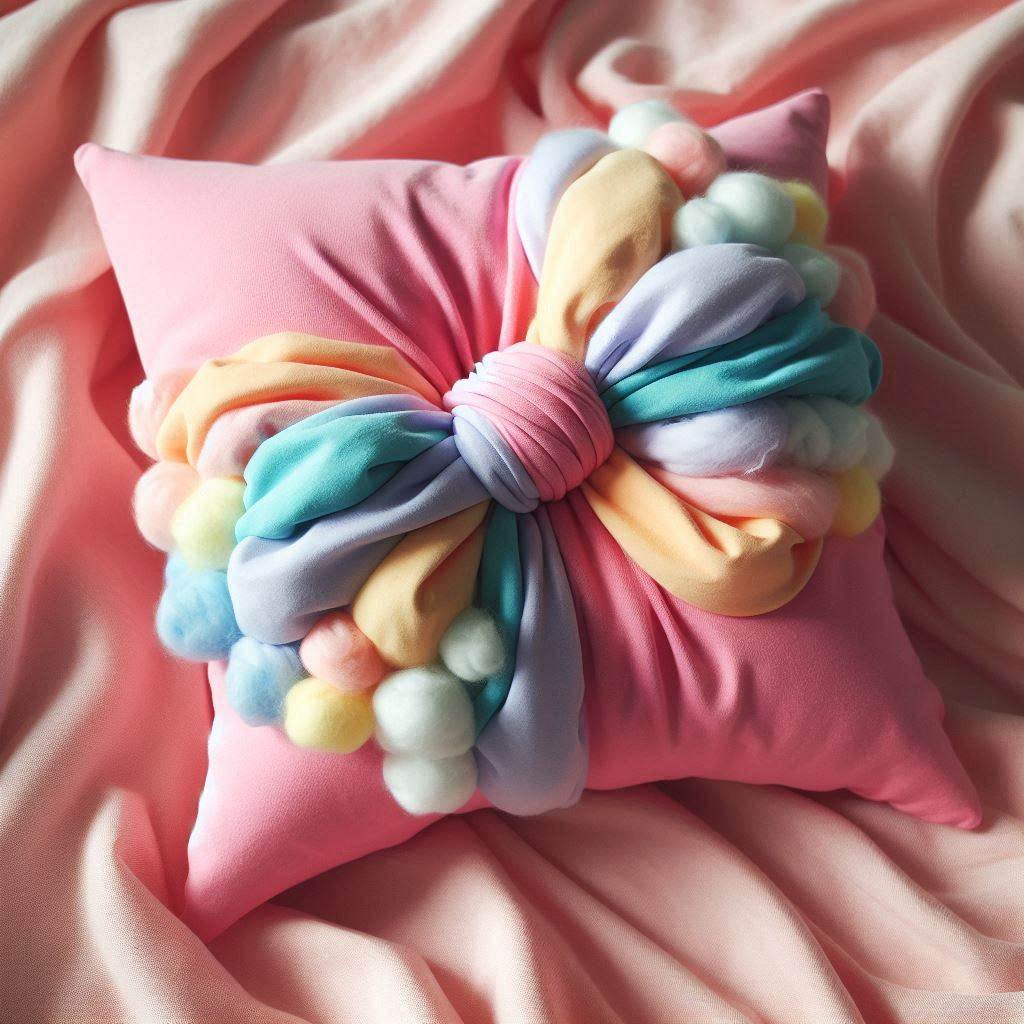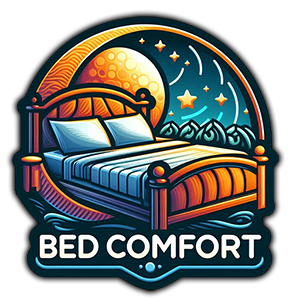
What is a Pillow Protector?
When it comes to getting a good night’s sleep, we often think about comfy pillows and cozy blankets. But there’s a hidden hero in the world of bedding that doesn’t get enough credit – the pillow protector. In this post, we’re going to dive deep into what a pillow protector is, why you might want one, and how to pick the perfect one for your bed.
Quick Answer: A pillow protector is a special cover that goes over your pillow, under your pillowcase. It helps keep your pillow clean, protects it from wear and tear, and can even help with allergies.
My Pillow Protector Wake-Up Call
Before we jump into the details, let me share a quick story. A few years back, I kept waking up with a stuffy nose and itchy eyes. I thought I was coming down with a cold that just wouldn’t quit. Then one day, while changing my sheets, I noticed my pillow looked a bit… well, gross. That’s when it hit me – maybe my pillow was the culprit!
I did some research and discovered the world of pillow protectors. I bought a set, and wow – what a difference! No more morning sniffles, and I felt like I was sleeping on a brand new pillow every night. It was such a simple fix, but it made a huge impact on my sleep quality.
Diving Into Pillow Protectors

What Exactly is a Pillow Protector?
Think of a pillow protector as a shield for your pillow. It’s a cover that goes between your pillow and your pillowcase. Unlike a pillowcase, which is mostly for looks and comfort, a pillow protector has a job to do. It’s there to keep your pillow clean, fresh, and lasting longer.
Why Bother with a Pillow Protector?
You might be thinking, “I already use a pillowcase, why do I need another layer?” Well, there are a few good reasons:
- Keeps Allergens Away: Pillow protectors can block dust mites, pollen, and other sneeze-inducing stuff from getting into your pillow.
- Stops Stains: They protect against sweat, drool (hey, it happens!), and oils from your skin and hair.
- Makes Your Pillow Last Longer: By keeping gunk out, your pillow stays in better shape for longer.
- Easy to Clean: Most pillow protectors can be tossed in the washing machine, making it simple to keep your sleeping area fresh.
Types of Pillow Protectors
Not all pillow protectors are created equal. Here are some common types you might come across:
Based on Material
- Cotton Protectors: These are soft, comfy, and let your skin breathe. Great if you tend to get hot at night.
- Polyester Protectors: These are tough and often waterproof. Perfect if you’re worried about spills or have kids who might have accidents.
- Bamboo Protectors: These are becoming popular because they’re eco-friendly and naturally resist allergens.
- Terry Cloth Protectors: These feel like a soft towel and are great at soaking up moisture.
Based on Special Features
- Waterproof Protectors: These keep all liquids out. Super helpful if you have young kids or pets who might have accidents.
- Anti-Allergy Protectors: These are made to keep allergens like dust mites out. They’re a must-have if you have allergies or asthma.
- Cooling Protectors: Some protectors are made with special fabrics that help keep you cool at night. Great for hot sleepers!
How to Pick the Perfect Pillow Protector
Now that you know what’s out there, how do you choose? Here are some things to think about:
Think About Your Needs
- Do you have allergies? If yes, look for anti-allergy or hypoallergenic protectors.
- Are spills a concern? If you have kids or pets, or you like to snack in bed (no judgment!), a waterproof protector might be a good idea.
- Do you sleep hot? Look for breathable materials like cotton or bamboo, or protectors with cooling technology.
Get the Right Size
This might seem obvious, but it’s super important. Make sure you know if your pillow is standard, queen, or king size. A protector that’s too big will be baggy and uncomfortable, while one that’s too small might not cover the whole pillow.
Easy to Clean is Key
Look for protectors you can toss in the washing machine. Some fancy ones might need special care, but for most of us, being able to wash it with the rest of our bedding is a big plus.
How to Use Your Pillow Protector
Using a pillow protector is pretty straightforward, but here are some tips to get the most out of it:
- Put it on before the pillowcase: The protector goes directly on the pillow, then you put your regular pillowcase over it.
- Wash it regularly: Aim to wash your pillow protector every month or so, or more often if you sweat a lot at night.
- Replace when needed: Even protectors wear out eventually. If you notice it’s not doing its job anymore, it’s time for a new one.
Pillow Protectors: Myths vs. Facts
Let’s clear up some common misconceptions about pillow protectors:
| Myth | Fact |
|---|---|
| Pillow protectors make pillows uncomfortable | Good quality protectors are barely noticeable under your pillowcase |
| They’re only for people with allergies | Everyone can benefit from the cleanliness and extended pillow life they provide |
| Pillow protectors are expensive | While some high-end options exist, many affordable protectors work great |
The Environmental Angle
Here’s something you might not have thought about: using a pillow protector can be good for the environment. How? Well, by making your pillows last longer, you’re reducing waste. Fewer pillows in landfills is a win for the planet. Plus, if you choose a protector made from sustainable materials like bamboo or organic cotton, you’re making an even greener choice.
DIY Pillow Protection
While store-bought pillow protectors are great, some folks like to get crafty. If you’re handy with a sewing machine, you could try making your own pillow protector. Here’s a simple pattern you could follow:
------------
| |
| |
| |
| |
------------
^ ^
| |
Leave open for zipper
Remember, if you’re going the DIY route, choose a fabric that’s durable and washable. And don’t forget to add a zipper so you can easily take it on and off!
Pillow Protectors: Not Just for Bed Pillows
Here’s a cool tip: pillow protectors aren’t just for the pillows on your bed. They can be super helpful for:
- Couch pillows: Keep those throw pillows looking fresh.
- Outdoor furniture: Protect patio cushions from the elements.
- Pet beds: Make cleaning up after your furry friends a breeze.
The Bottom Line on Pillow Protectors
So, what’s the takeaway here? Pillow protectors might seem like a small thing, but they can make a big difference in how well you sleep and how long your pillows last. They’re an easy way to upgrade your bedding game without breaking the bank.
Remember my story from the beginning? That simple addition of pillow protectors made such a difference in my sleep quality. It just goes to show that sometimes, it’s the little things that can have the biggest impact.
If you haven’t tried a pillow protector before, why not give it a shot? Your pillows (and your nose!) will thank you. Sweet dreams!
What’s Next?
Now that you’re a pillow protector pro, here are some next steps you might want to take:
- Take a look at your current pillows. Do they need some protection?
- If you decide to get pillow protectors, remember to measure your pillows first.
- Once you have your protectors, set a reminder to wash them regularly.
- Consider upgrading your other bedding too – a good night’s sleep is worth investing in!
Sleep tight, and don’t let the dust mites bite (because they can’t get through your awesome new pillow protector)!


Leave a Reply